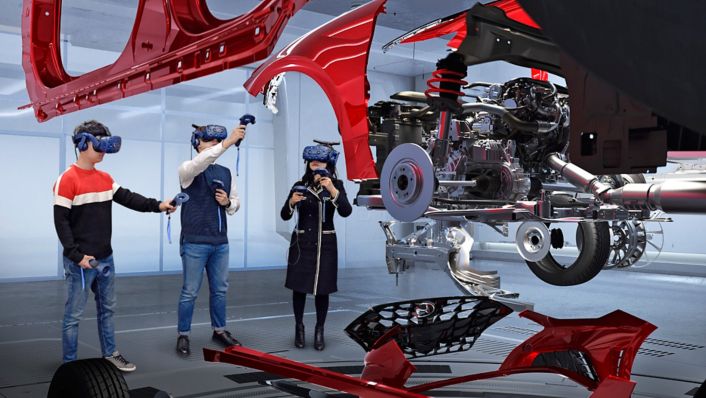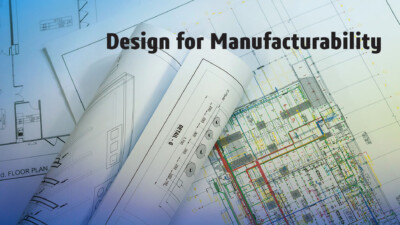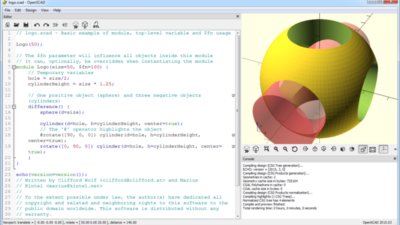Augmented and virtual reality (AR/VR) are but two flavors of this exciting new computing paradigm.
The history of computers traces a path of staggering changes. The calculating machines that once filled entire rooms with wires and vacuum tubes have been replaced, in the span of a human lifetime, with pocket-sized supercomputers that can solve, look up or make up the answer to any question in less time than it takes to order a pizza, which, by the way, they can also do.
It’s not just the size and power of our computers that’s evolved, but how we interact with them. Today, an emerging paradigm called spatial computing blurs the line between physical and digital, opening up fascinating computational horizons.
But what is spatial computing, and how are engineers using this exciting technology?
What is spatial computing?
Spatial computing is a mode of computation that makes inherent use of space, whether physical or virtual. If the standard way of using a computer is two dimensional—interacting with information on a flat display—spatial computing brings in the third dimension. In spatial computing, both the input and output depend on a user’s position in space.
Spatial computing encompasses several technologies on what researchers Paul Milgram and Fumio Kishino first dubbed the “virtuality continuum,” a theoretical spectrum ranging from the real world to a completely virtual world and including all the intermediate stages in between.

This spectrum, sometimes referred to as the reality-virtuality continuum, includes many of the common acronyms that abound in the spatial computing world: VR for virtual reality, a purely synthetic environment; AR for augmented reality, an overlay of computer graphics on the real world (and the less common AV, augmented virtuality, in which some of the real world creeps into a virtual environment); and MR for mixed reality, itself an umbrella term for the murky middle between the fully real and fully virtual. XR, for extended reality, is yet another catch-all term to describe many points on this continuum.
AR and VR are the most common types of spatial computing today, but the concept is not limited to these technologies. Consider 3D displays (more accurately, autostereoscopic displays). These displays react in real-time to the perspective of the user, providing the illusion of depth for data such as pictures or 3D models. Anytime the physical position of a user is relevant to a computation, or computational results are presented based on a particular environment, you’re dealing with spatial computing.
How are engineers using spatial computing?
Engineers are using spatial computing technologies in many ways. One of the most popular applications is viewing 3D models in an environment and at scale. Rather than conducting design reviews by rotating models on a display, spatial computing allows a team of engineers to inhabit a real or virtual environment and interact with a simulated version of their design. They can walk around it, get up close to see fine details, get a sense of how it reflects light—all but reach out and touch it.

Virtual design reviews are especially popular in the architecture, engineering and construction (AEC) industry, where they enable stakeholders to walk through virtual buildings before any ground is ever broken. Likewise, spatial computing technology is used to plan and optimize factory layouts, improve worker ergonomics and facilitate realistic simulations of training scenarios.
Not all of these applications require a full head-mounted display (HMD), though these tend to provide the most immersive spatial computing experience. Phones and tablets can provide powerful AR experiences for user training, remote maintenance, data visualization and more.

Though engineers and others are already using spatial computing in many ways, the technology is still nascent. Right now, spatial computing applications are mostly extensions of traditional applications—giving them new depth and multiplying their value, certainly, but only scratching the surface of what this new computing paradigm can become. It will be fascinating to see how spatial computing technology and engineering software evolve together to unlock the third dimension.



